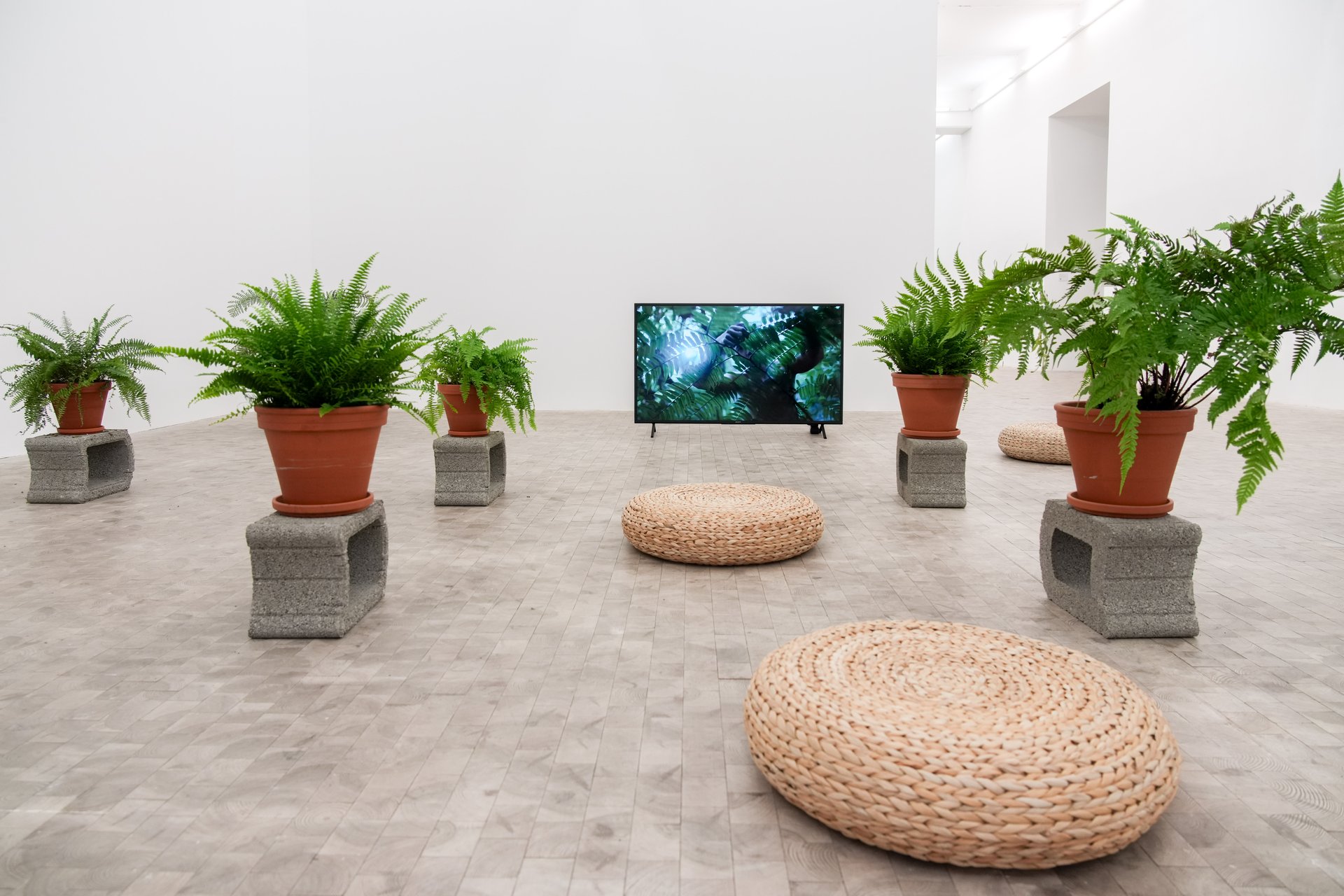Instruction


Zheng Bo, an ecoqueer artist with Bai roots born in Beijing in 1974, lives and works in Hong Kong. They are committed to inclusive, cross-species relationships and produces performances and videos, community workshops and drawings that challenge common notions of human-plant coexistence. Through drawing, dance and film, Bo cultivates a deep connection with plant species such as ferns in Taiwan, moss in Scandinavia, beech trees in Germany and an umbrella thorn acacia in the Arabian desert. For Bo, art does not arise from pure human creativity, but from an intense intimacy that transcends the human. Their ecological practice contributes to the emergence of a new planetary indigeneity. Their recent projects include public commissions at The Huntington in Los Angeles and Somerset House in London, solo exhibitions at Gropius Bau in Berlin and Göteborgs Konsthall. They also took part in the 59th Venice Biennale. Works by Zheng Bo are represented in important collections such as the Tate Modern, the Power Station of Art and the Hammer Museum.
In the Stadtgalerie Kiel, the 4-channel video performance ‘Pteridophilia’ is being expanded into a spacious installation by means of an arrangement of pot plants and monitors. The films show the intimate encounters of three young men with wildgrowing ferns in a forest in Taiwan. The spectrum of ecosexual acts shown ranges from sensual-erotic touches to BDSM practices.
With ‘Pteridophilia’ Zheng Bo started a series of four ‘Biophilia films’ in 2016. According to the renowned biologist E. O. Wilson, biophilia describes the inherent urge to connect with other life forms. The four film projects are set in four different ecological situations: ‘Pteridophilia’ in a subtropical forest with lush ferns near Taipei; ‘The Political Life of Plants’ in an old beech forest near Berlin; ‘Le Sacre du printemps’ in an ancient pine forest in Dalarna, Sweden; ‘Samur’ in the Arabic desert with a single umbrella thorn acacia. By means of the different plants of beech, pine, fern and acacia, the artist tries to create an open garden of earthly pleasures in which people and plants dance, love and flourish together.
